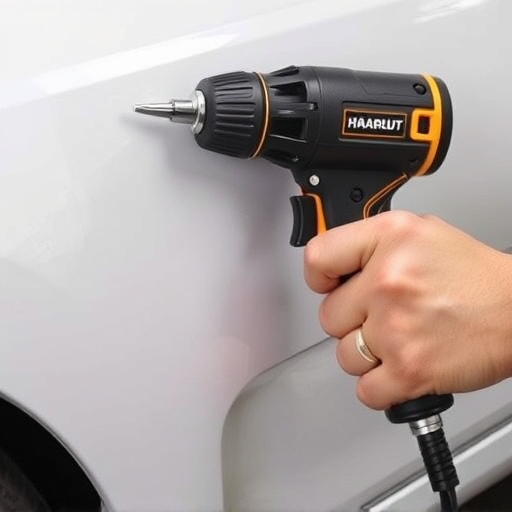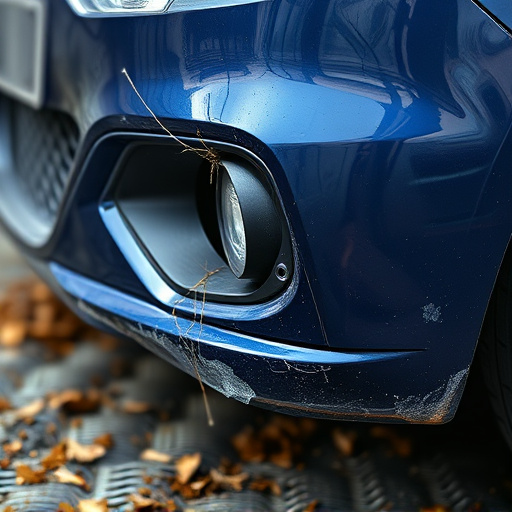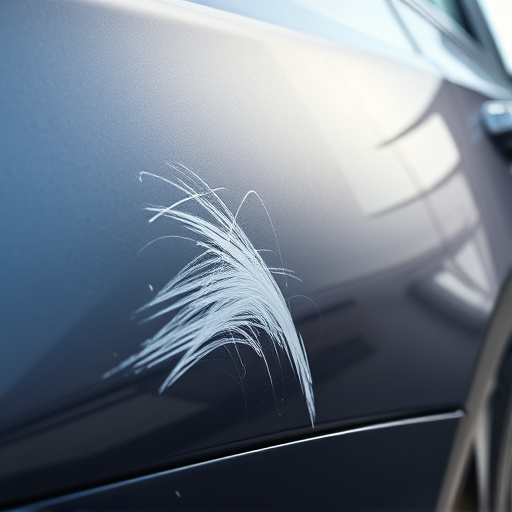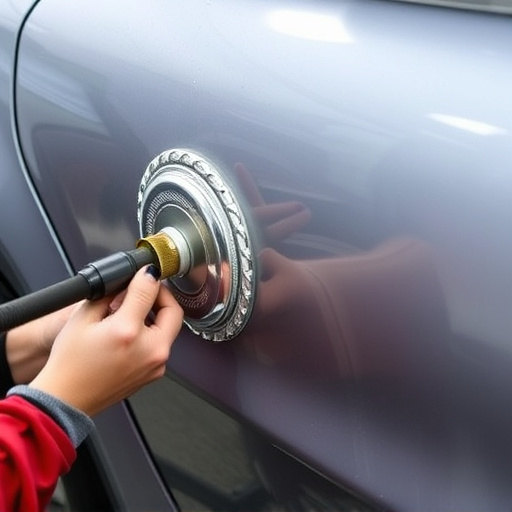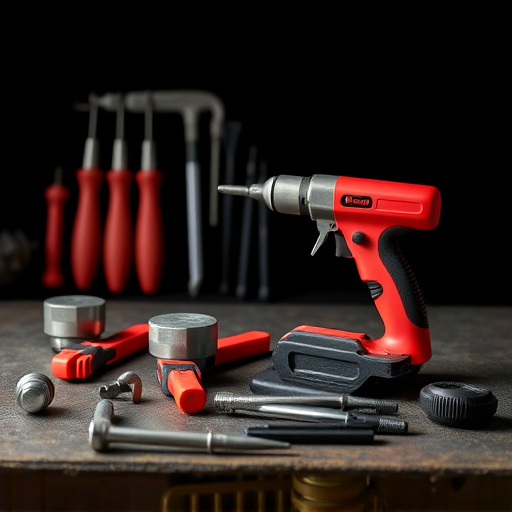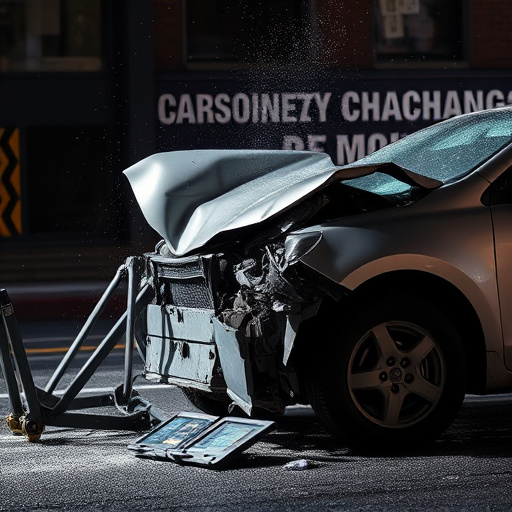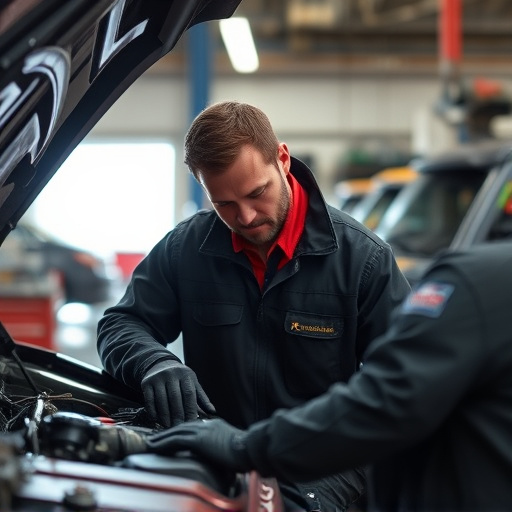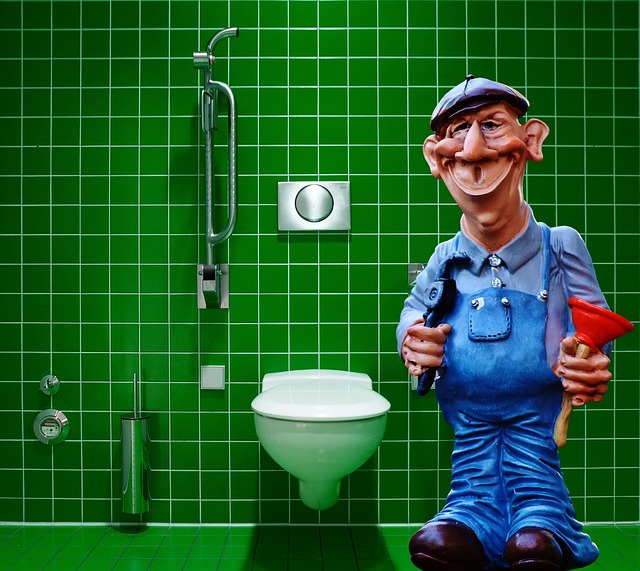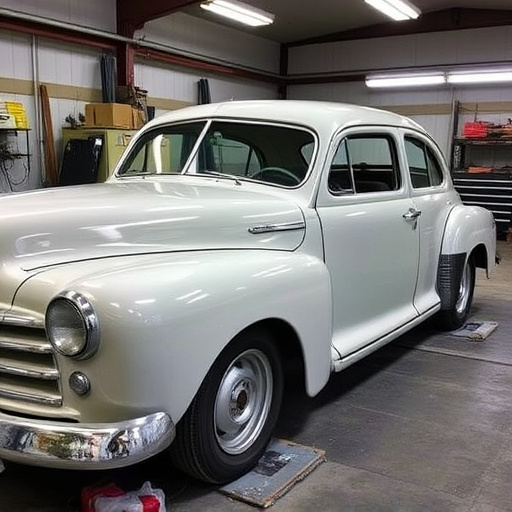Choosing right auto glass installation tools enhances efficiency, quality, and reduces damage. High-quality cutters, suction cups, vacuum systems streamline process, save labor time, ensure professional results for cost savings and customer satisfaction. Mastering techniques includes surface prep, precise measurement, using essential tools like suction cups, pry bars, glues, sealants for secure, airtight seals. Safety protocols like protective gear, proper ventilation, stable surfaces are paramount to avoid injuries from cuts, debris or shattered glass during installation.
Auto glass installation is a precise art that requires the right tools for optimal efficiency. In this comprehensive guide, we explore advanced tips and techniques to elevate your auto glass installation skills. From choosing the ideal tools to mastering safety practices, we’ll walk you through every step. Learn how to navigate complex installations with ease, ensuring precision and safety. Discover best practices to avoid common mistakes and revolutionize your auto glass work, making each project a success.
- Choosing the Right Auto Glass Tools for Efficiency
- Mastering Installation Techniques: Step-by-Step Guide
- Safety First: Best Practices and Common Mistakes to Avoid
Choosing the Right Auto Glass Tools for Efficiency
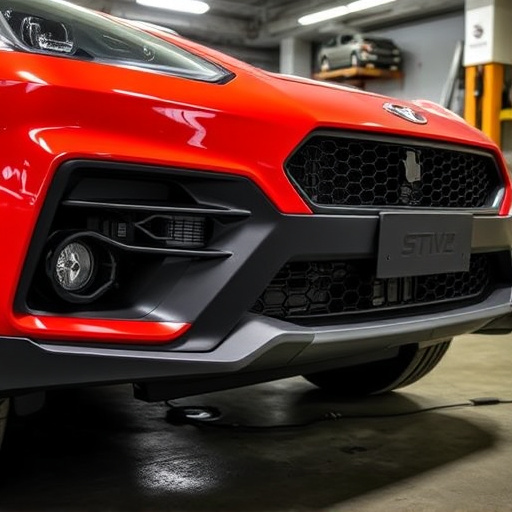
Choosing the right auto glass installation tools is a key step to enhancing efficiency and ensuring quality work. With various options available in the market, it’s crucial to select tools tailored to your specific needs. For instance, specialized cutters designed for auto glass offer precision and speed, making them indispensable for complex curves and tight spaces. Additionally, suction cups and vacuum systems are essential accessories that secure glass panels firmly during installation, eliminating air bubbles and ensuring a seamless finish.
Investing in high-quality tools not only streamlines the auto glass repair process but also minimizes the risk of damage to both the vehicle’s interior and the glass itself. Moreover, the right tools can significantly reduce labor time, translating into cost savings for both technicians and customers. Whether it’s for routine replacements or addressing dent removal and autobody repairs, having the appropriate auto glass installation tools is paramount to achieving professional results.
Mastering Installation Techniques: Step-by-Step Guide
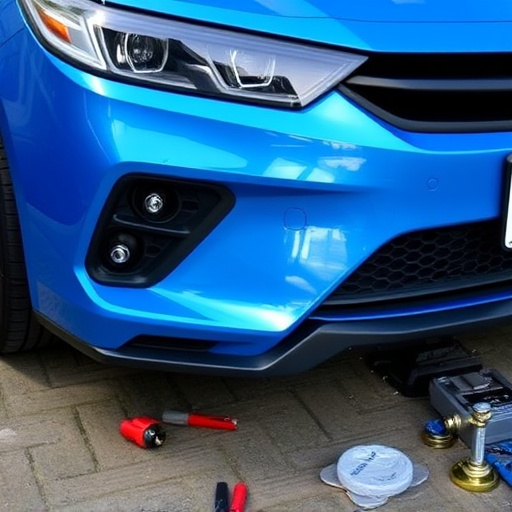
Mastering the art of auto glass installation is a valuable skill for any automotive professional. It involves precise techniques and careful consideration to ensure a secure and seamless fit. A step-by-step guide can be beneficial in understanding this process. First, prepare the surface by cleaning and decontaminating it to create a clean slate. This crucial step ensures optimal adhesion of the new glass. Next, measure and mark the opening precisely, accounting for any curvature or contours of the vehicle body.
Using the right tools is essential; from suction cups and pry bars to specialized glues and sealants, each plays a vital role. Apply the sealant around the perimeter, following the manufacturer’s instructions for timing and curing. Once the sealant is in place, carefully slide in the new glass panel, ensuring it aligns perfectly with the marks made earlier. Press firmly, and use tools like a squeegee to remove excess sealant, creating an airtight seal. In cases of tire services or collision damage repair, this meticulous process ensures that the vehicle returns to its original state, providing both safety and aesthetic satisfaction.
Safety First: Best Practices and Common Mistakes to Avoid
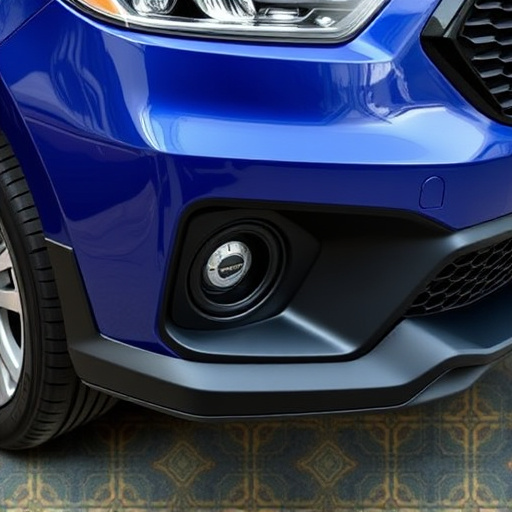
Safety should always be the top priority when engaging in auto glass installation, as it is a delicate process that can lead to serious injuries if not handled correctly. Common mistakes often stem from overlooking basic safety protocols. For instance, failing to wear protective gear like gloves and safety goggles can result in cuts or debris entering the eye. Additionally, working without proper ventilation during the installation of certain materials may expose you to harmful fumes.
Another critical area to focus on is ensuring stability and balance while handling glass panels. Unstable surfaces or slippery floors increase the risk of accidents. Moreover, rushing through the process can lead to errors and potential shattering of glass, which could cause severe injuries. It’s crucial to follow manufacturer guidelines, use high-quality tools, and maintain a clean workspace to minimize risks associated with auto glass installation, including those related to hail damage repair or collision repair center operations, and to prevent issues with vehicle paint repair.
When it comes to auto glass installation, the right tools and proper techniques are key. By choosing efficient auto glass installation tools and mastering safety best practices, you can ensure high-quality results that enhance vehicle safety and aesthetics. Remember, a well-executed auto glass replacement or repair not only protects drivers and passengers but also contributes to the overall value of the vehicle. Stay sharp, stay safe, and keep those windshields intact!
